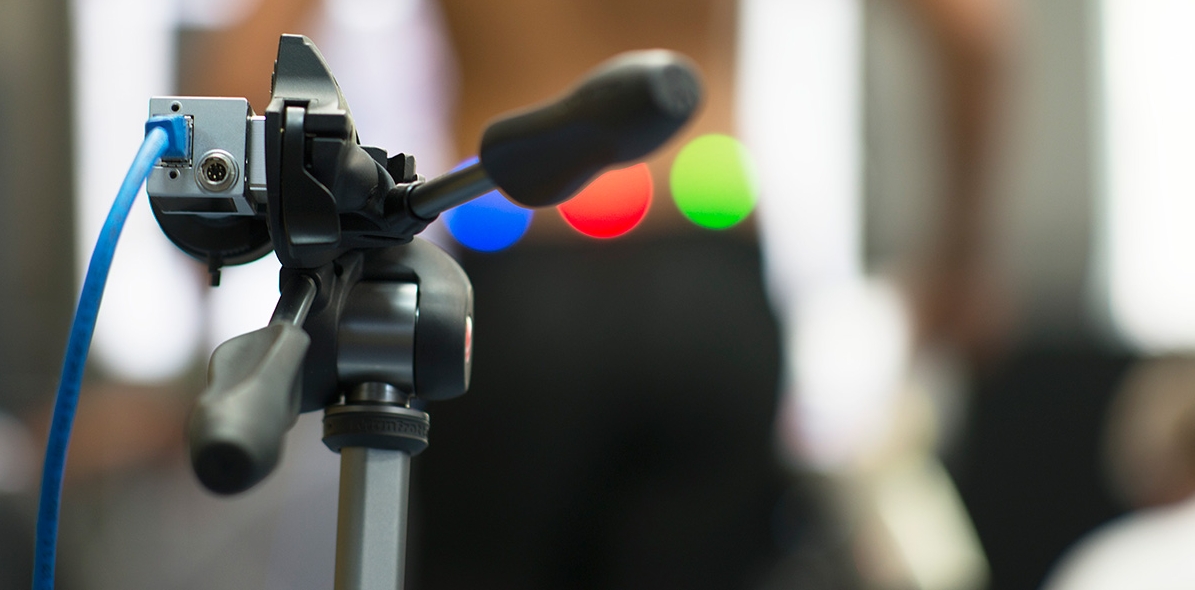
MEDIAL TIBIAL STRESS SYNDROME - SHIN SPLINTS
Medial Tibial Stress Syndrome (MTTS), commonly known as "Shin Splints," is an overuse injury affecting the tibia, frequently observed in runners. This condition is debated to be a stress reaction in the distal third of the tibia (Shin bone) or inflammation at the muscle-bone interface.
Causes
Bone stressors for the tibia can be mechanical, hormonal or dietary. Mechanical stressors when running include the impact of when your foot hits the ground and the muscle pulling on the bone. Hormonal factors can impact bone mineral density and diet can impact the amount of circulating calcium, which is very important for healthy bones. When these stresses surpass the bone's recovery capacity, it gradulally enters a state of stress and MTTS can slowly develop. If ignored, it can eventually devlop into a stress fracture.
Risk Factors
Risk factors are multifaceted, with notable considerations for amateur runners experiencing a significant increase in load. Other factors include being female, a history of MTSS, high BMI, navicular drop, reduced hip external rotation range of motion, calf muscle weakness, running biomechanics, and footwear.
Clinical Presentation
The common clinical presentation involves exercise-induced shin pain and tenderness on palpation of the lower inner shin. Sometimes the pain can warm up with exercise and then worsens post. This discomfort can last for hours or days afterward. Movements that are explosive tend to be more provocative e.g. hopping, jumping vs calf raises or walking.
Management Strategies
Modify Load
Unlike tendinopathies, complete rest is typically recommended initially for MTTS. Once hopping is nearly pain-free, a return-to-run program would commence.
Improve Muscular Strength
Enhancing the strength of the soleus and surrounding musculature, including the tibialis anterior, peroneals, and flexor hallucis longus, is crucial, as these muscles commonly exhibit reduced strength and endurance in MTTS.
Biomechanical Analysis
Runners with MTTS often exhibit a large stride and low cadence. Modifying cadence can be pivotal in reducing impact forces.
Osteogenic Activity
Activities that encourage bone strengthening such as jumping, drop jumps, skipping, and bounding, are essential as soon as tolerated.
Nutrition & Vitamin D
Ensuring adequate caloric intake, calcium, and vitamin D is crucial for bone health and recovery.
Get Professional Help for Medial Tibial Stress Syndrome
Access Our Services in Sydney Eastern Suburbs and London Battersea
We have physiotherapy clinics in Clovelly, Coogee, and Manly, as well as in London, so come and see us in person or if you are anywhere in the world, access us via an online physiotherapy consultation that we have specifically developed to assess and treat runners anywhere in the world with great success.
Alex and Pat sat down with Nuzest team and gave their one-minute insight into Medial Tibial Stress Syndrome - Shin Splints
If you are looking for a quality nutrition products to enhance your training, recovery and wellbeing we recommend Nuzest
We have established a relationship with the amazing team at Nuzest and they have been kind enough to give our community an exclusive rate on all of their amazing products.
For 20% off all Nuzest products use the code below at the checkout:
THERUNNINGROOM

![[Mo]re Than A Run Sydney 2024 🥸
So good to see so many people out running this morning and showing up (despite the rain around CP) all in aid of men’s mental health. Over 200 runners bopping around Centennial, chatting and starting conversati](https://images.squarespace-cdn.com/content/v1/5a77ea35dc2b4a0bdb3fc4b9/1732941224838-WML7GNF86XR3TXA8ZQ5L/image-asset.jpeg)


